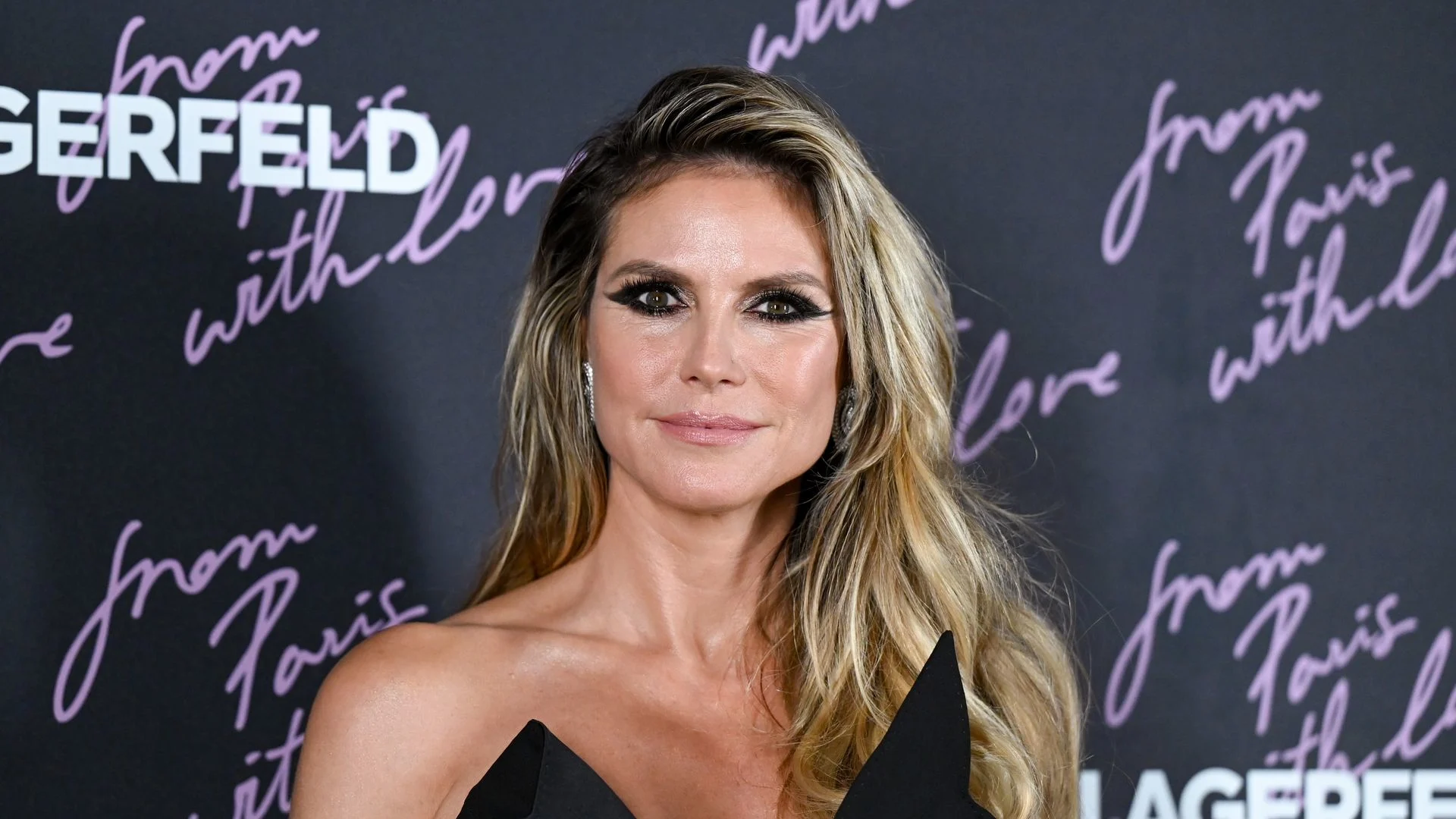Copyright thehindubusinessline

It is not just the US but three other capitals in Asia which are hoping that President Donald Trump’s visit to the region proceeds smoothly so that each one of the major actors can claim that their objectives were met. The challenges are such that no one is willing to declare victory in advance. After much haggling Washington finally said that the President will be travelling to Malaysia, the sticking point being the peace deal between Thailand and Cambodia which Trump was supposed to preside over. Still there is no final word if Bangkok and Phnom Penh have arrived at a pact. President Trump will only be the third American leader to visit Malaysia after Lyndon Johnson and Barack Obama, and it will be his second attendance at an ASEAN summit, an event that will see the presence of leaders from China, Japan, South Korea, Brazil, South Africa, Canada, Australia and New Zealand as well. It will be interesting to see how Trump interacts — if he chooses to at all — with the Prime Minister of Canada and the Brazilian President. He cancelled ongoing trade negotiations with Ottawa, citing false advertising, using former President Ronald Reagan’s statement on tariffs and trade; and Luiz Inacio Lula da Silva wants Washington to scale down the high tariffs on Brazilian imports. Focus on APEC But the Malaysia summit may not be top priority for the Trump administration, which is fervently working on the meeting between the US President and President Xi Jinping of China, scheduled on October 30 on the sidelines of the Leaders meet of the Asia Pacific Economic Cooperation forum in South Korea. In the aftermath of Beijing’s squeeze on rare earths and Washington’s response of additional 100 per cent tariffs on Chinese products, the two sides are looking at a full-fledged tariff war unless the Trump-Xi meeting substantially lowers the temperature. It is in this scenario that top US trade and treasury officials are set to meet Chinese Premier Li Qiang in Malaysia. “This is one of the riskiest trips any president of the United States has taken. The Chinese Communist Party has declared open economic warfare against America, so this is what they call a throw of the ‘iron dice.’ This is as high stakes as it gets”, Steve Bannon, Trump’s former White House chief strategist has been quoted in Politico. The argument has been that President Trump has to calm not only anxious farmers in Republican states who are seeing much of their soybeans still unsold, but also American consumers looking at a lighter wallet in the upcoming holiday season. But China alone isn’t the focus of attention at the APEC. South Korea and its newly elected President are also looking at a trade pact with the US, even as critics question Seoul’s commitment to invest $350 billion in the US. They are also questioning why its auto industry gets slapped 25 per cent tariffs while its counterparts in Europe and Japan face lower rates. In addition to Malaysia and South Korea, President Trump is due to visit Tokyo for talks with the newly elected Prime Minister of Japan, Sanae Takaichi. On the surface her hawkish stance may be appealing to President Trump. But even without the domestic baggage of ultra-conservatism Premier Takaichi has raised her eyebrows on the trade deal struck by her predecessor, especially the $550 billion Japanese investment in America. Advancing by five years the commitment to spend 2 per cent of GDP on defence may not be quite appealing to Washington, which still sees Tokyo in the “free riders” category. All this is not to rule out some unexpected excitement by way of a repeat of the 2019 event on the DMZ with the leader of North Korea, Kim Jong Un. The writer is a senior journalist who has reported from Washington DC on North America and United Nations Published on October 27, 2025



